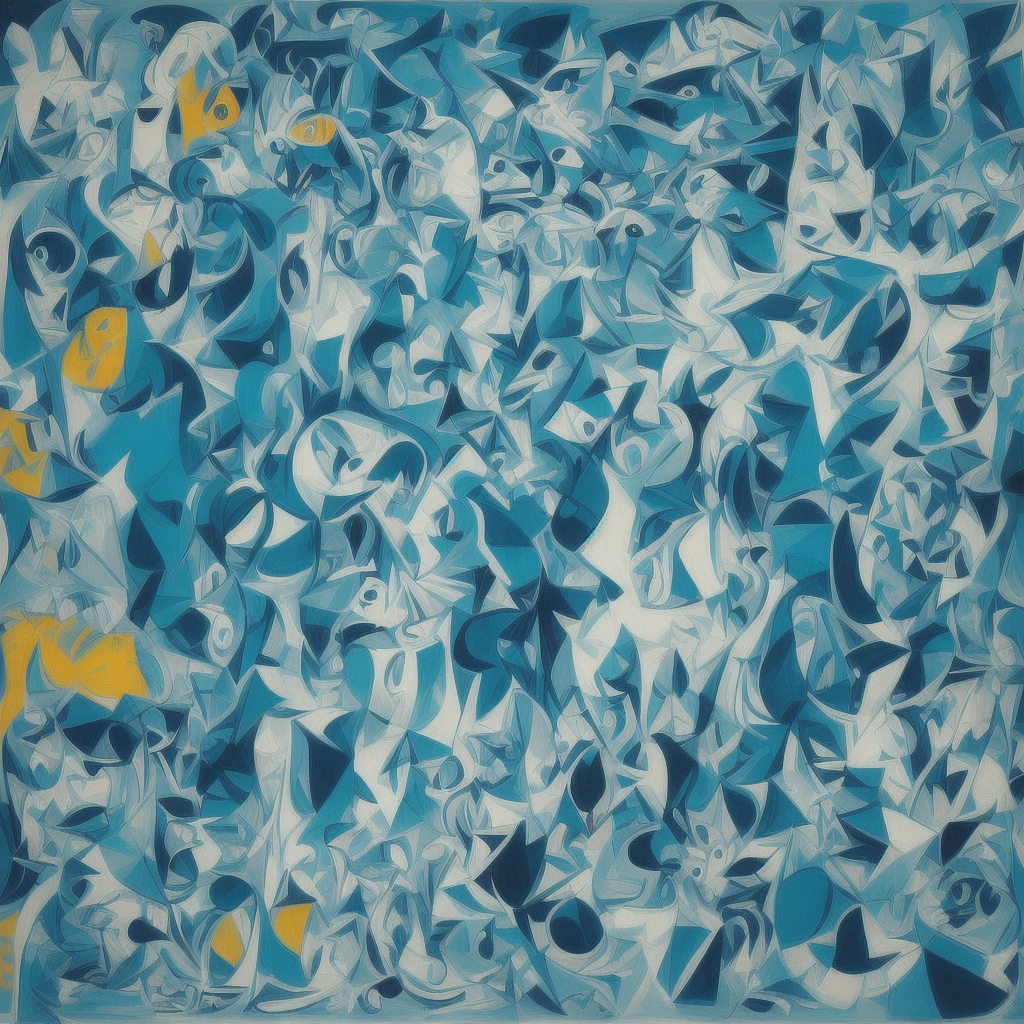Pablo Picasso and the color Blue

Pablo Picasso, one of the most influential artists of the 20th century, was known for his innovative use of color in his artwork. Among the many colors he incorporated into his pieces, Picasso had a special affinity for blue. The color blue held a significant place in Picasso's art, symbolizing themes of melancholy, introspection, and spirituality.Historical context plays a crucial role in understanding Picasso's use of blue. The Blue Period, which occurred from 1901 to 1904, marked a period of personal turmoil and hardship for the artist. During this time, Picasso's works predominantly featured shades of blue, reflecting the somber mood of his life experiences. The death of a close friend and financial struggles greatly influenced his choice of color palette.Artistically, Picasso's use of blue was distinguished by its emotional depth and expressive quality. The cool, calming tones of blue in his paintings evoked a sense of introspection and melancholy. Figures and scenes rendered in shades of blue appeared ethereal and otherworldly, inviting viewers to contemplate the deeper emotional states captured by the artist.Furthermore, Picasso's imaginative interpretation of blue in his art transcended its literal representation. Blue was not just a color on the canvas but a symbol of human suffering, vulnerability, and resilience. Through his masterful manipulation of blues, Picasso conveyed a sense of empathy and connection with the human condition, drawing viewers into an emotional dialogue with his work.In conclusion, Pablo Picasso's unique use of the color blue in his artwork was a reflection of his deep emotional experiences and artistic vision. Through historical context, artistic technique, and imaginative interpretation, Picasso transformed the color blue into a powerful vehicle for conveying complex emotions and universal truths in his art.